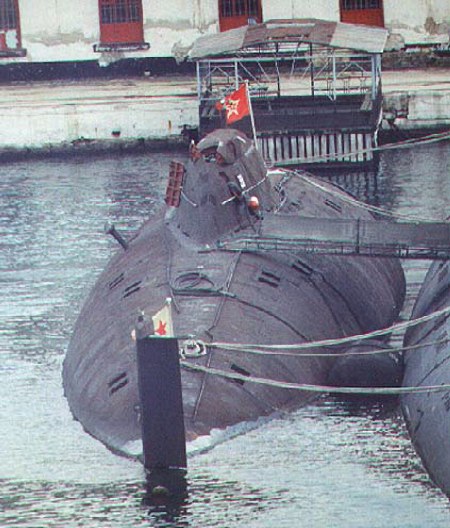
Hey Zeek!
I got these recommendations from the book: "Titanium: A Technical Guide" written by Matthew J. Donachie...
They are from table 9.2 on page 72:
1.) (Single "U" groove butt joint) for thicknesses starting from 6.350mm up to 19.050mm (0.250" up to 0.750") - Root Opening: 0 to 2.54mm (0 to 0.10")
Groove Angle: 15 to 30 degrees for each member (60 degree included) - Weld bead width: 2.54mm to 6.35mm (0.10" to 0.250")
I believe that the thickness of the joint you're attempting to weld is probably (Disclaimer:I say this without knowing the specifics of the joint configuration and other factors involved so, I may be guessing a bit here!) best suited for the single U groove butt joint because the thickness being 0.500" is right in the middle between the lower and upper limits of the recommended joint thicknesses compared to that of a double V, or a double U groove butt joint... For example: A double V groove butt joint has an upper limit thickness of 0.500" so the potential for distortion, a wider HAZ, and other negative results will more than likely come into play because of the process choice that has a lower energy density concentrated towards the joint when compared to that of EBW... PAW could be used as an alternative but, this process requires purchasing of equipment that would drive up the cost compared to GTAW.
Larry mentioned the possibility of farming out the job to folks that have the capacity to EBW the joint in question which would probably be a better option if precision, and the avoidance of distortion is of paramount concern... However, have you considered farming it out to be welded by PAW??? The reason I mentioned this is because it probably would be less expensive and with the use of filler metal to weld the joint, one could produce a weldment with very little distortion when compared to GTAW which in the case of the thickness being used,would require at least three passes to complete, and that's dependent to how much reinforcement is required... PAW would only require a maximum of two passes!!!
Now I don't know of any specific job shops that have lasers powerful enough for the thickness you're joining yet, I'm sure that these days there probably are... If you can find one, then that would be your second best alternative if precision is critical. However, purchasing a LBW system is typically of greater expense than that of a EBW system... It's also a better high energy density process to use compared to EBW because, it's not limited to the constraints of the chamber that's required with EBW.
Anywho, here's the link that takes you to the book for viewing the above mentioned suggestions along with much more invaluable information that involves Titanium welding such as filler metal recommendations, welding metallurgy, stress relieving and heat treatment, recommended cleaning procedures, etc.
http://books.google.com/books?id=HgzukknbNGAC&pg=PA75&dq=titanium+welding&lr=&sig=Ku1jPOCxjpTOI4EMPq7YpaZ_0vA#PPA72,M1Note: Scroll to page 72 (Table 9.2) for the typical joint dimensions chart, and also look at page 73, Table 9.3 which gives you "Suggested welding procedure schedules for Gas Tungsten Arc Welding of Titanium" (remember to go 20% lower for the suggested current range for your application-refer to the notes in the chart!) Also look at page 73 for figures 9.9 & 9.10 in order ot decide which method of shielding and backing or trailing shield protection would more suitable for your application, or you can combine the two for greater protection from the atmosphere but, remember to control both shielding & trailing gas flow rates in order to avoid turbulence which could draw in some of the surrounding atmosphere into the fusion zone or in the trailing shield!!! Outer Chamber welding considerations, the use of collapsible plastic chambers and necessary precautions when using them... Shielding gases for fusion welding of Ti is something I would suggest to read because of the specifics covered with respect to purity grade, and dew point and shielding gas options such as a argon/ helium mix for thicker Ti members... Stress relieving is also covered somewhat on page 73 and in chapter 11 with additional info... In fact I would suggest to read pages (Chapter 9: Joining technology and practice) 65 to page 78. I would then venture into Chapter 10 which covers the machining (Joint preparation) of Ti and it's alloys... Cleaning and finishing are in chapter 11... Chapter twelve covers the relationships among structure, processing and properties... Chapter covers Corrosion Resistance... I would also strongly suggest chapter 8 which covers heat treating Ti and it's alloys. Finally, I would also suggest to your company to purchase the book as a necessary investment!!! ASM International publishes the book so, you know the info is correct - right larry? :) :) :) Btw, How's this for some thick Titanium weldments???(No chamber required)
http://www.tifab.com/subpages/products_city_tug.htmThis one was built for the International space Station (No chamber required):
http://www.tifab.com/subpages/products_nasa.htmHere's an article that may or may not be of interest to anyone:
http://www.mines.edu/~pmendez/Publications/Papers/2000spain.pdfOne can also order this book on Titanium welding from TIG (Titanium Information Group) of the UK for just under thirty British pounds which is considered a bargain or join the group for a much more expensive price!!! So that's all for now!!! If you have anymore questions - let us know :) :) :)
http://www.titaniuminfogroup.co.uk/images/Design_guides/welding_order_form_2008.pdfRespectfully,
Henry


